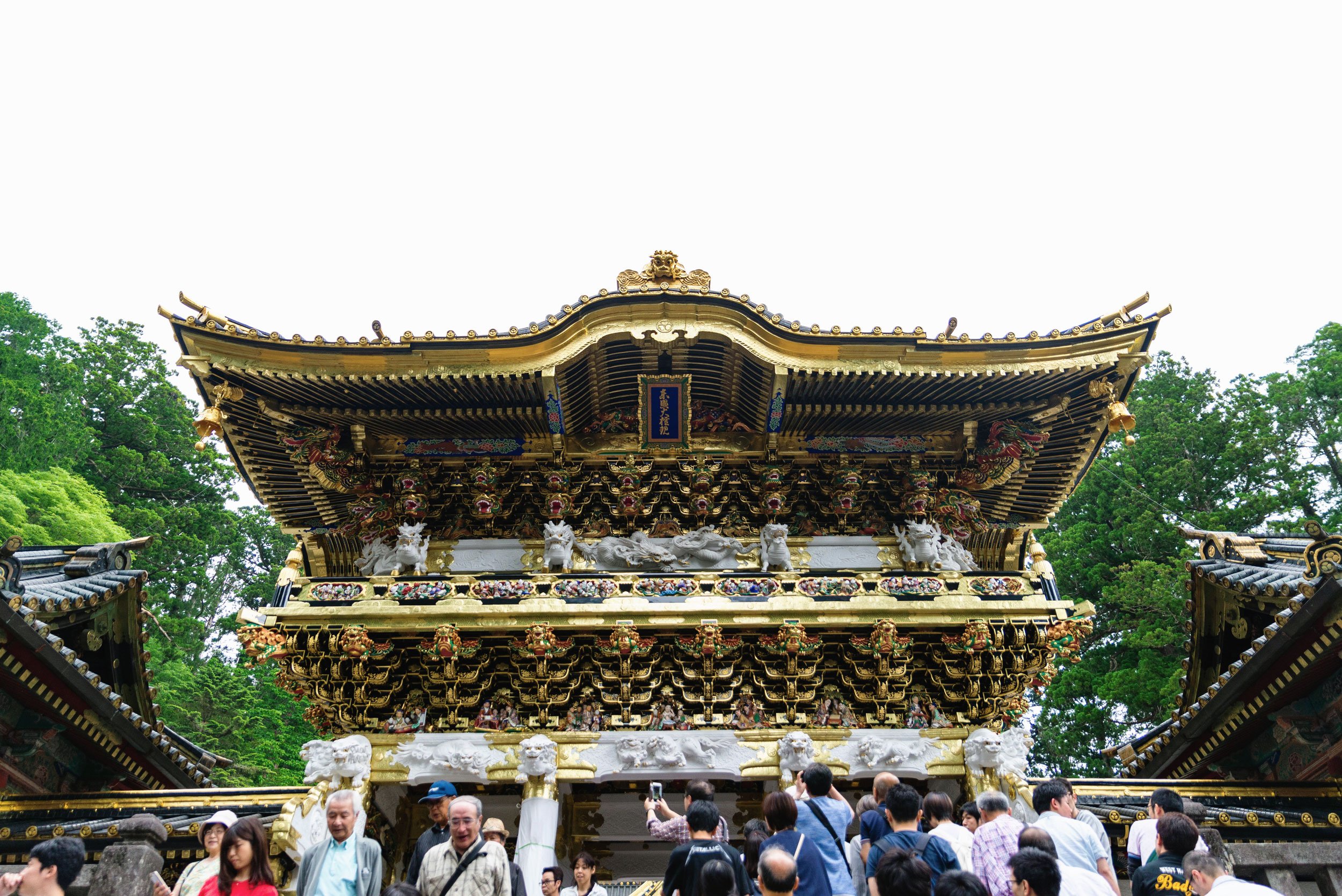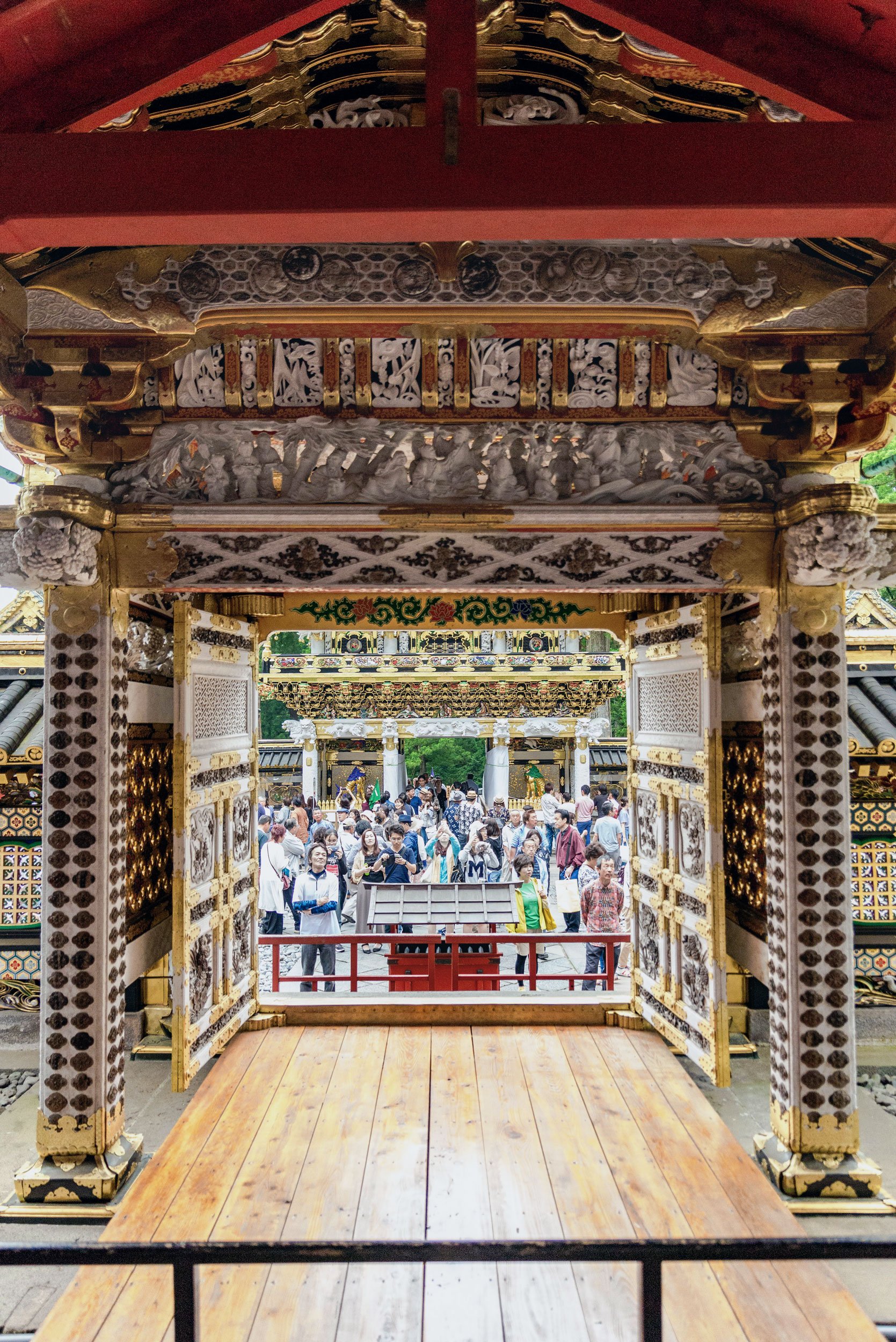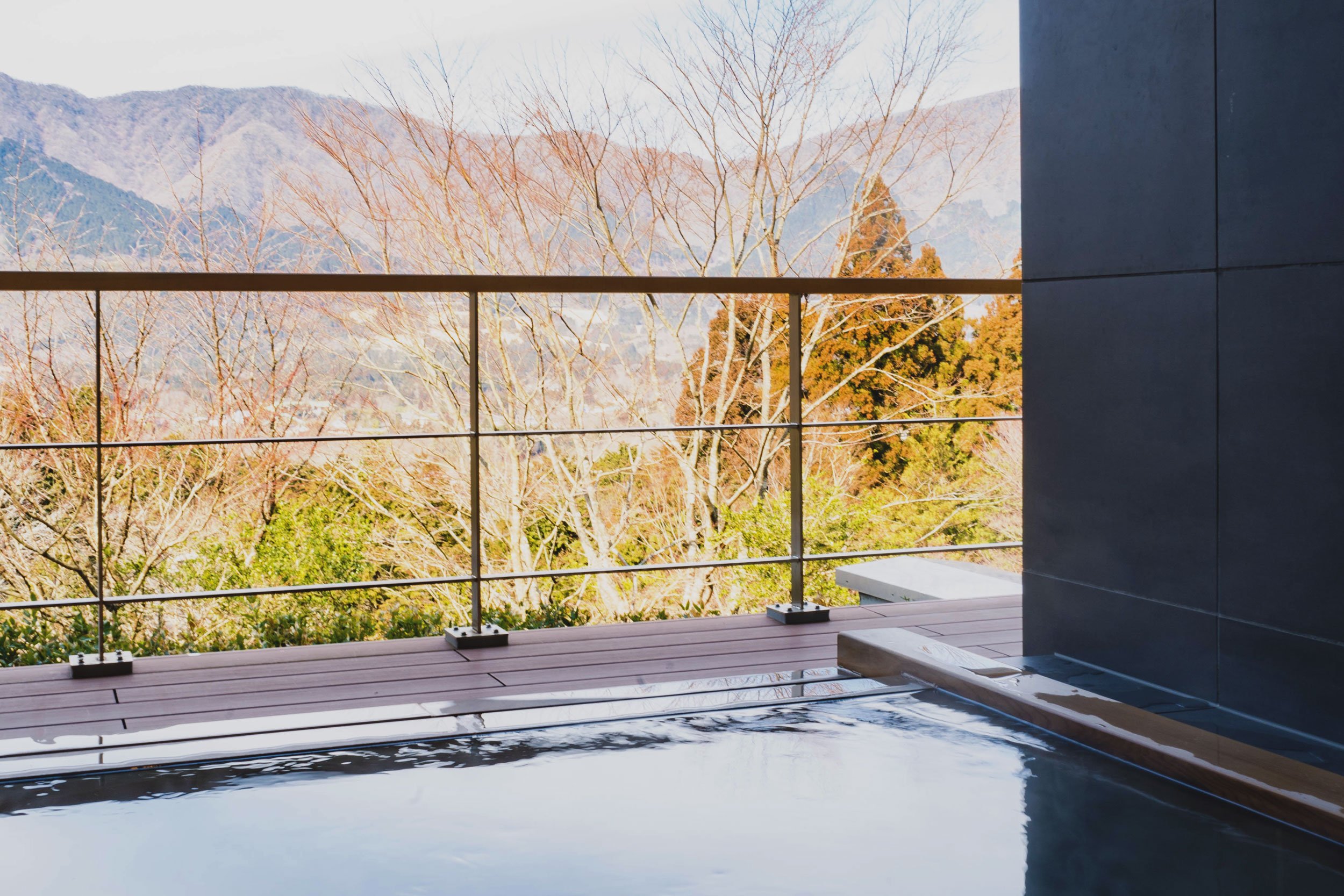Nikko
Shinkyo Bridge in Nikko
One of the closest UNESCO World Heritage spots to Tokyo, the Nikkō Tōshō-gū shrine, Futarasan Shrine and Rinnō-ji are amongst the most famous sights in Japan.
We stayed the weekend at Hoshino Resorts KAI Kinugawa, a nice ryokan and hot springs by one of Japan’s most well known onsen resort brands.
How to get there
Because Nikkō is relatively close to Tokyo, it’s quite accessible. The fastest way to get to Nikkō by train is to catch the Kegon Limited Express train from Asakusa to Tobu Nikkō station. It takes about 2 hours. There are a couple other train options for that route as well as a Nikko pass for foreign tourists. There’s also the JR Nikkō Limited Express from Shinjuku to Tobu Nikkō station.
Entrance torii gate to the Tosho-gu shrine.
One of the most recognizable sights in Nikkō is the Shinkyo Bridge (pictured at the top) [Map]. Its red, arched shape above clear blue waters and in front of the green mountainside makes for quite a picturesque “Japan” photo.
Across the street are the entrances to the Tōshō-gū shrine area.
Nikko Tosho-gu Shrine
After seeing a lot of shrines around Japan, many of them begin to kind of blend together and look pretty similar. It does for me, at least. I found that Tōshō-gū, however, is not one of those.
Karamon at Nikko Tosho-gu shrine
The shrine, dedicated to Tokugawa Ieyasu and initially built in 1617, separates itself from others due to its patterned design and color combinations. Reds, greens and blacks are used in intricate details, and abundant amounts of gold really makes the shrine pop.
Inside the shrine itself, there’s a room where everyone gathers for a prayer (be prepared to take your shoes off). While I didn’t quite understand what was going on, a chant was done and it was interesting to experience.
Tōshō-gū is also known for its wood carvings, one of which is the three wise monkeys demonstrating “Hear no evil, speak no evil, see no evil.” It’s located just above a building doorway and almost looks a little comical looking. Another famous carving is the “Nemuri-neko” or sleepy cat. It attracts crowds as people line up to walk through the doorway that it’s over, but it probably won’t live up to the hype for the average person who doesn’t know much about it.
Five-story pagoda at Nikkō Tōshō-gū
We spent around an hour or so inside the shrine itself, and another hour or two walking around the shrine grounds and nearby town where we had a Japanese kaiseki lunch featuring food that Nikko is known for (information below). Many of the shops in the area have a lot of history to them, range from antique shops to Japanese confectionary shops, and some of them have quite photogenic signs and storefronts.
The next day, we explored a little bit north of the Tōshō-gū area.
Ryuokyo
Ryūōkyō, known for Ryūōkyō Canyon, is a small hot springs town area.
Nijiminotaki Falls
Ryūōkyō’s natural scenery is something to see. While we weren’t up for any of the long hikes and honestly, didn’t have time to check out much, we were able to see the Nijiminotaki Falls [Map] and hike down to the Kinugawa River below.
The Kinugawa River waters are an amazing clear, greenish blue color. Its shape and the surrounding scenery gave the area its name, Ryūōkyō, with “Ryūō” referencing a dragon.
Nikkō also has good food. Soba, yuba (tofu skin) and even shave ice are some of the foods that the area is known for. While we didn’t get to try the soba, I recommend the yuba and shave ice places that we went to.
Fudan Kaiseki Nagomi chaya
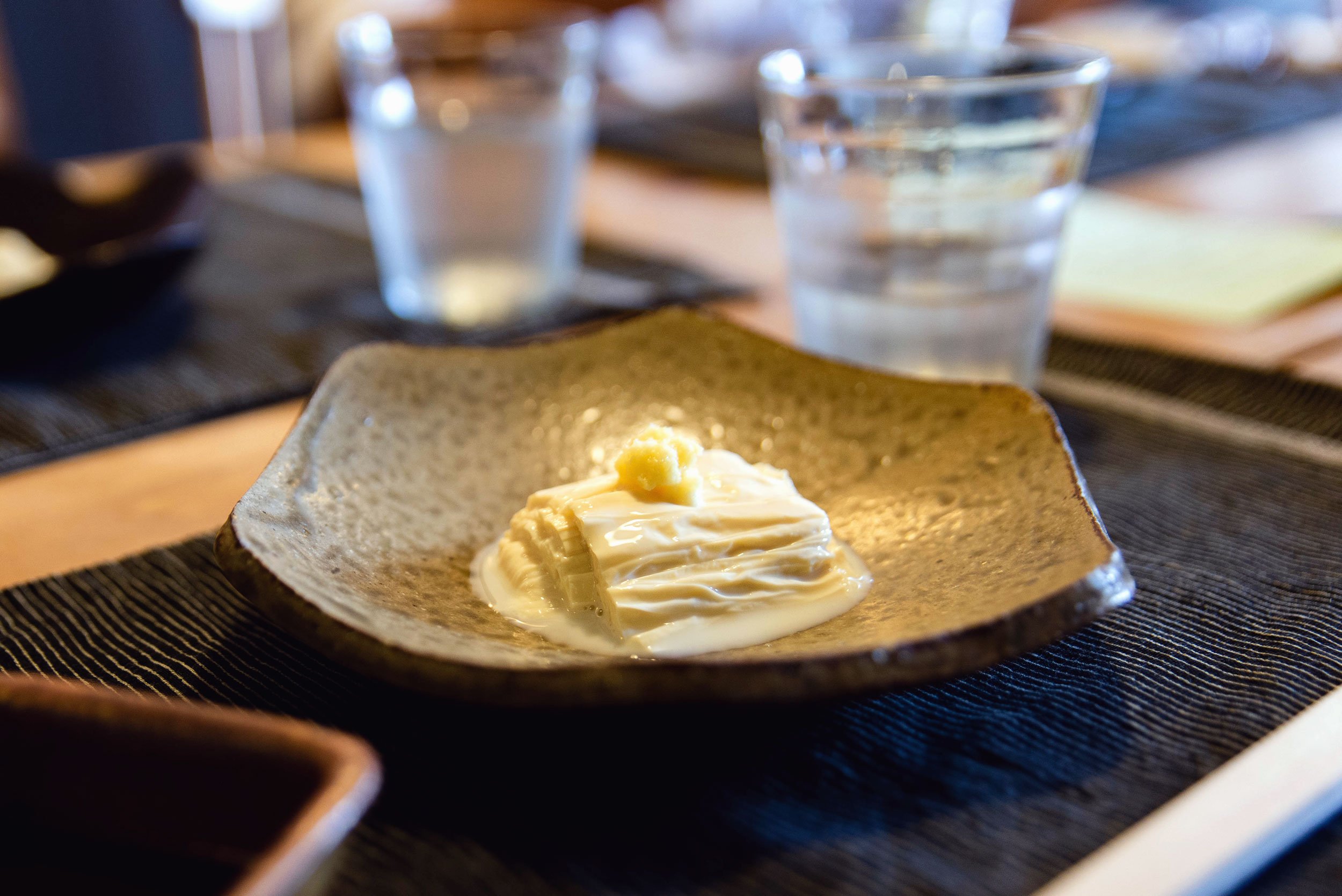
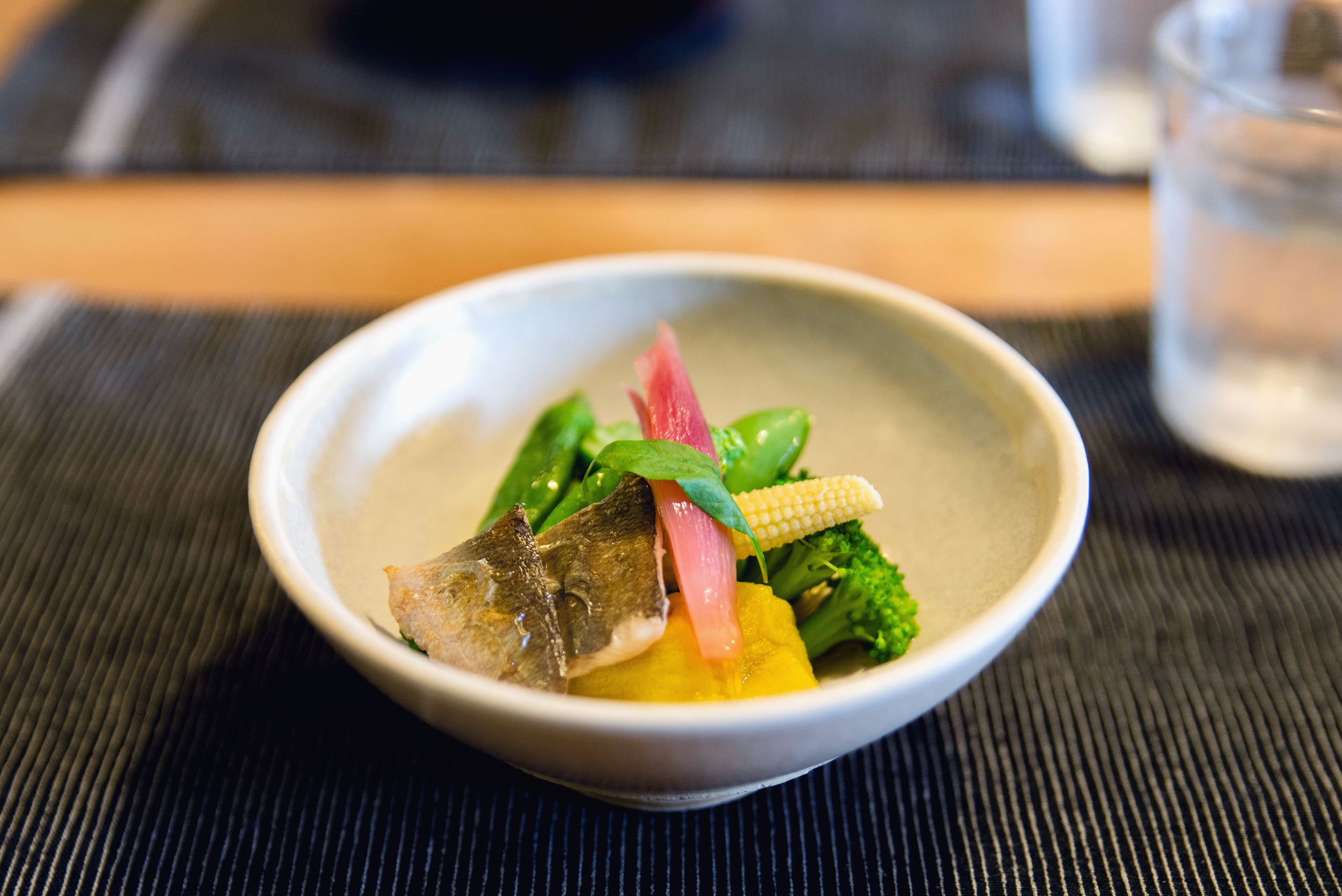

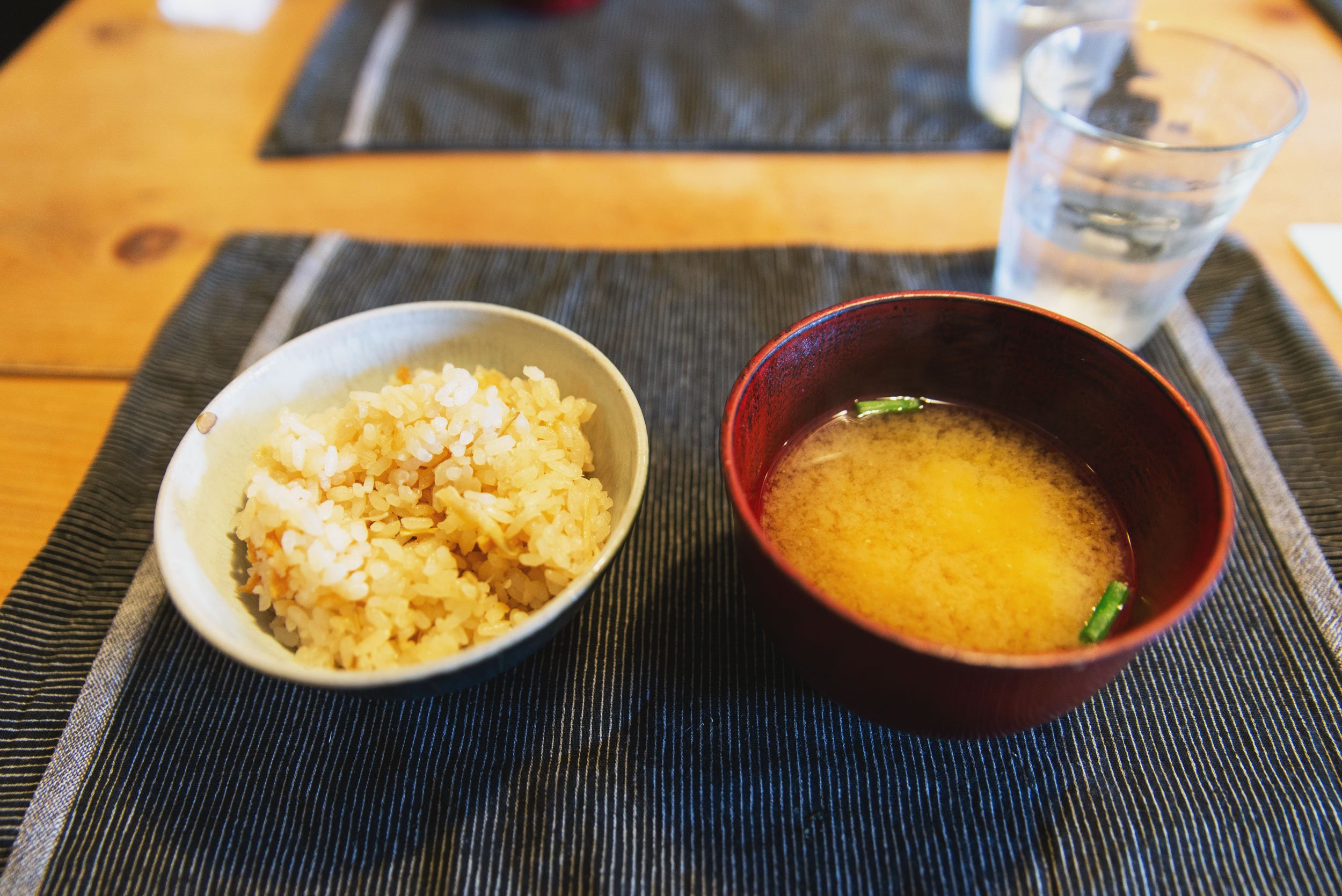
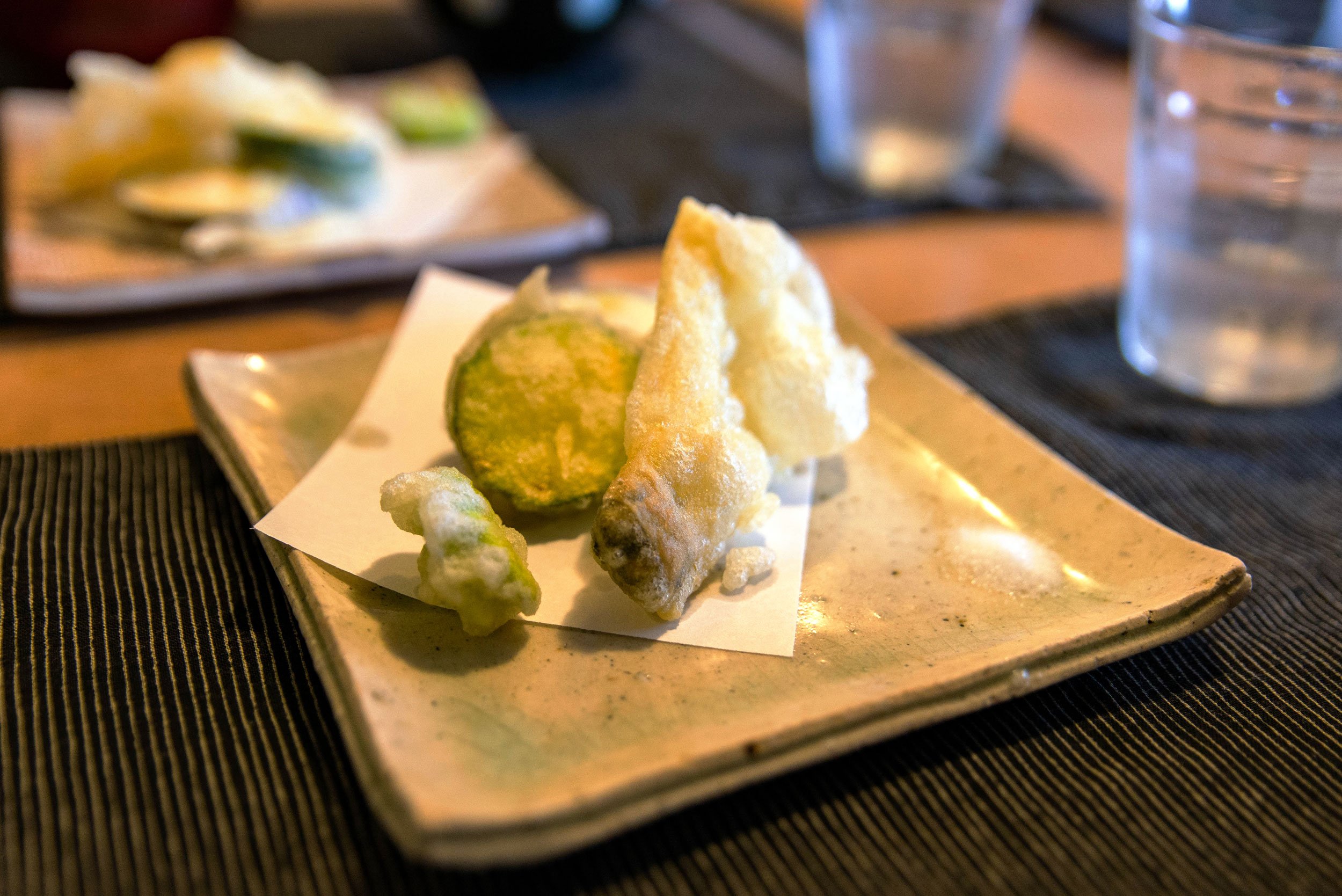
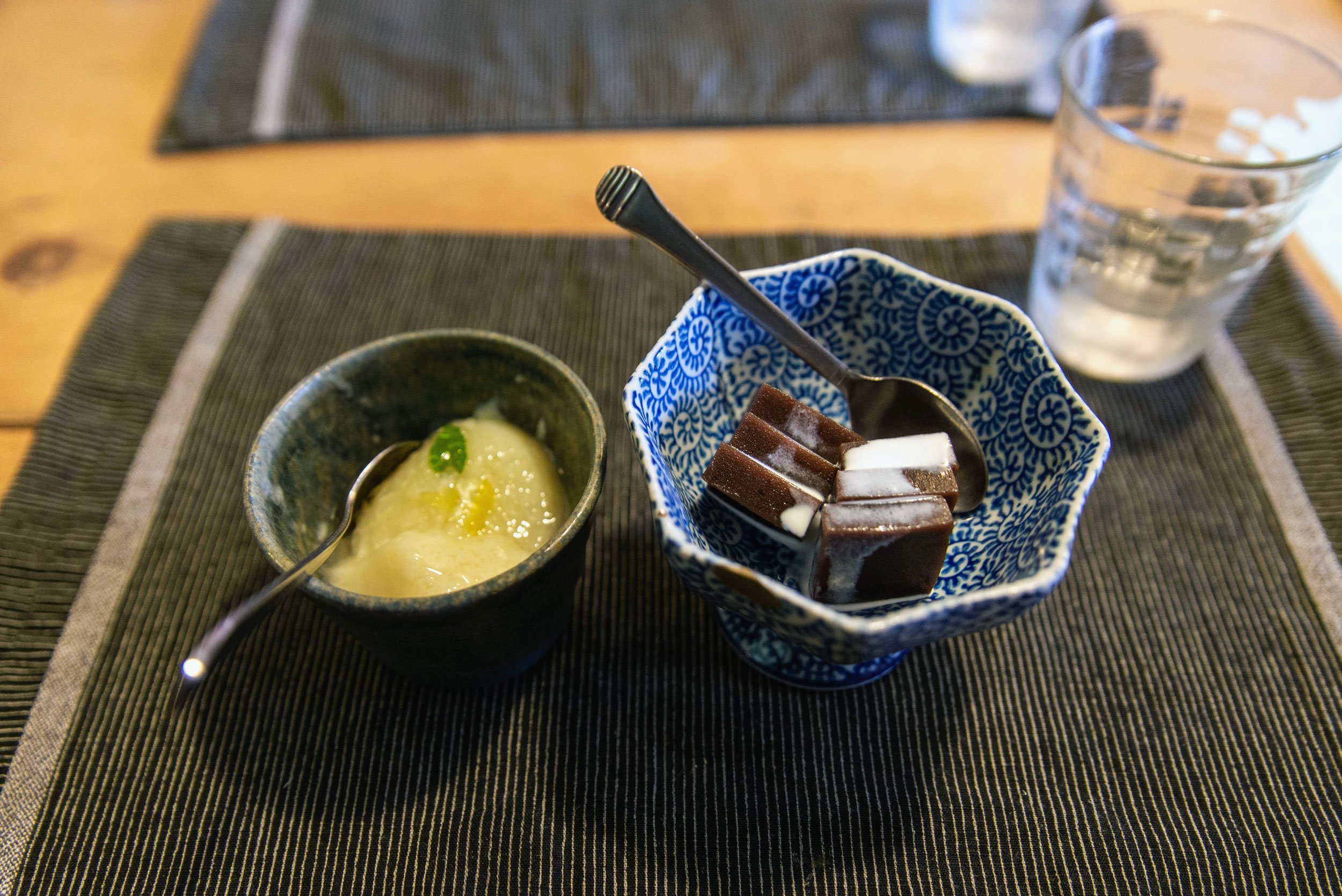
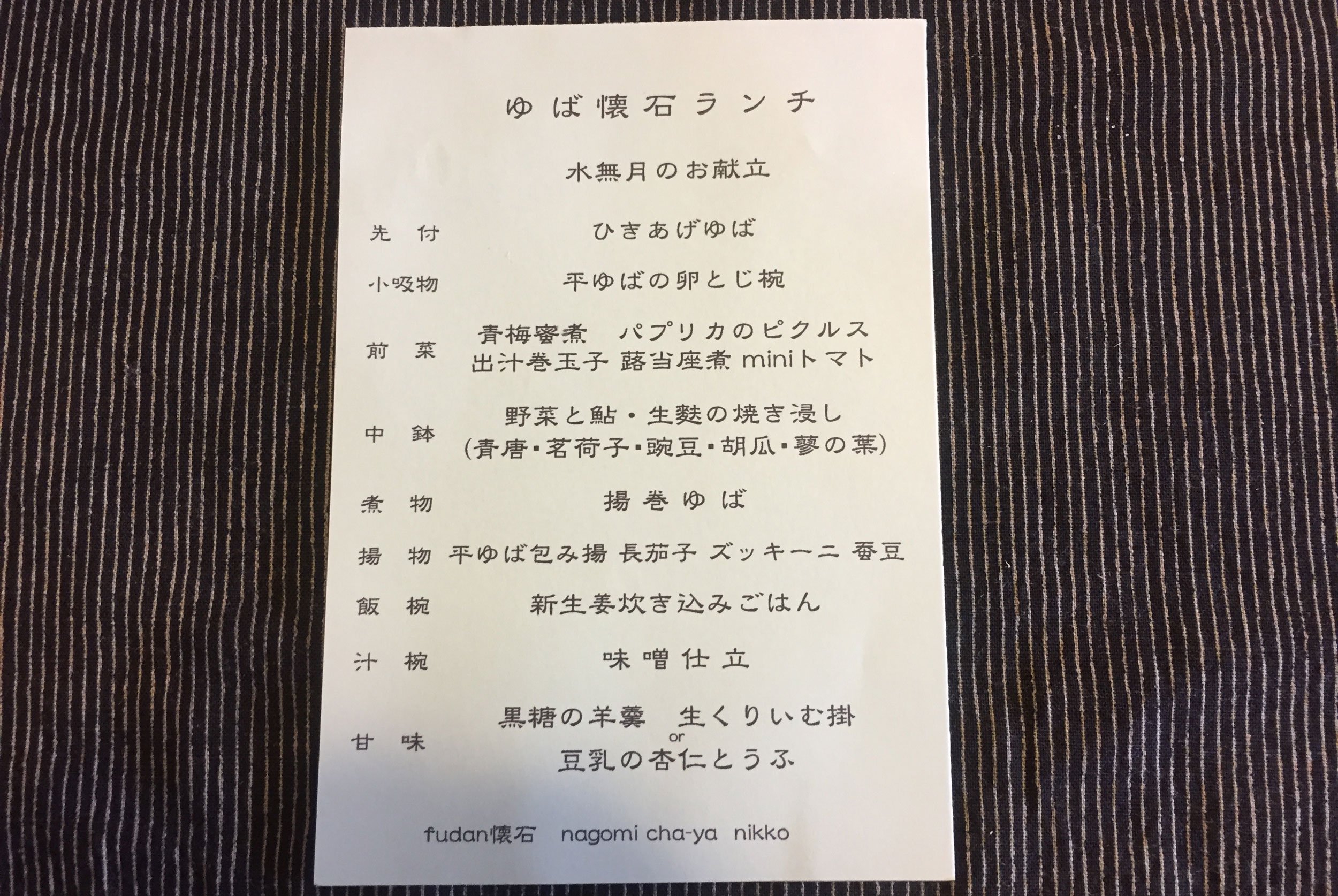
One of the more popular restaurants in Nikkō near Tōshō-gū shrine is Fudan Kaiseki Nagomi Chaya, and they specialize in yuba. We went for a kaiseki yuba lunch course that consisted of about 9 dishes with several of them incorporating either yuba or tofu. It’s a small shop with a Japanese vibe, some of the tables have floor seating, and service is really good. This a great place to stop for some authentic Nikkō specialties.
Ryūōkyō Shokudo
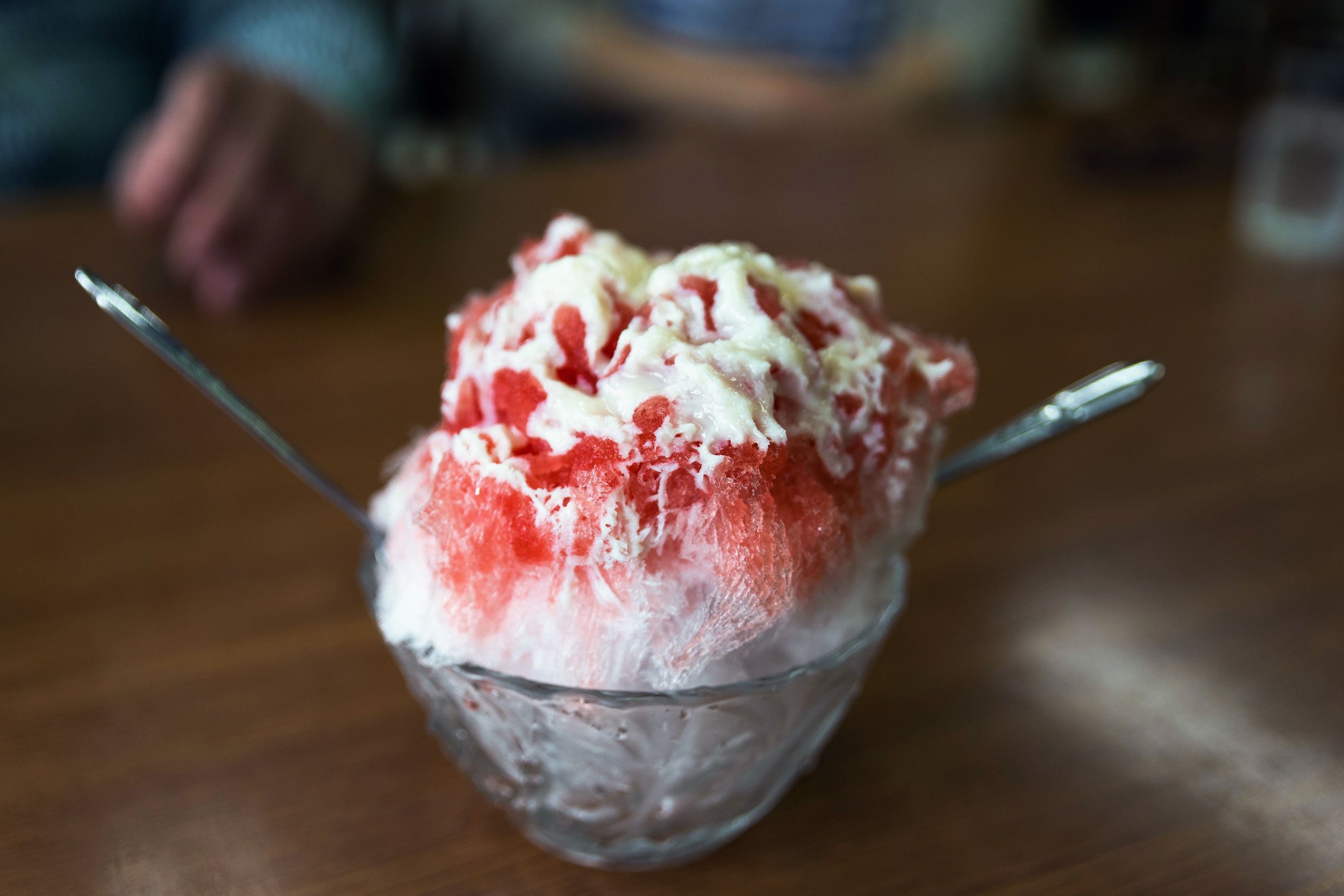

Nikkō’s water is quite clean, and they farm some of it into sheets of ice. Some of those clear sheets are sliced up, shaved and turned into shave ice at shops in the area. The water’s purity means you won’t get brain freeze, according to the staff at Ryūōkyō Shokudo. I’m not sure about that, but for the record, I tried to give myself brain freeze after being told that and failed. Shave ice here was a refreshing stop after hiking back up from the Kinugawa River nearby.


